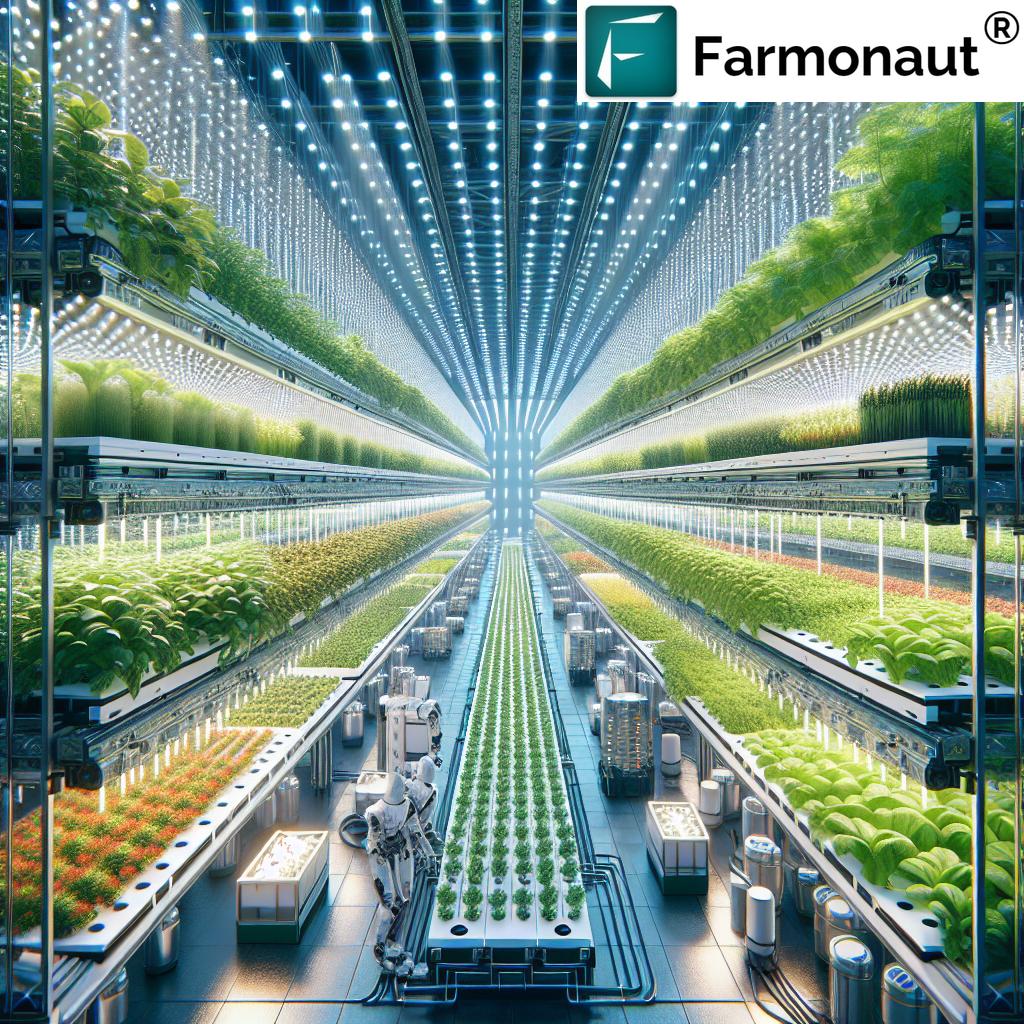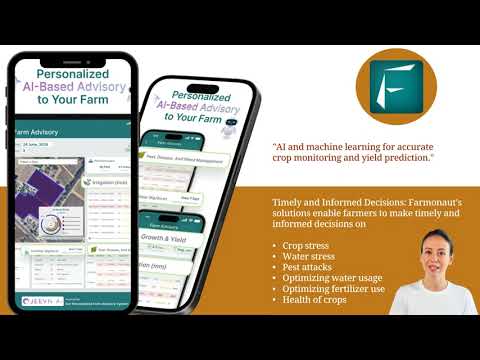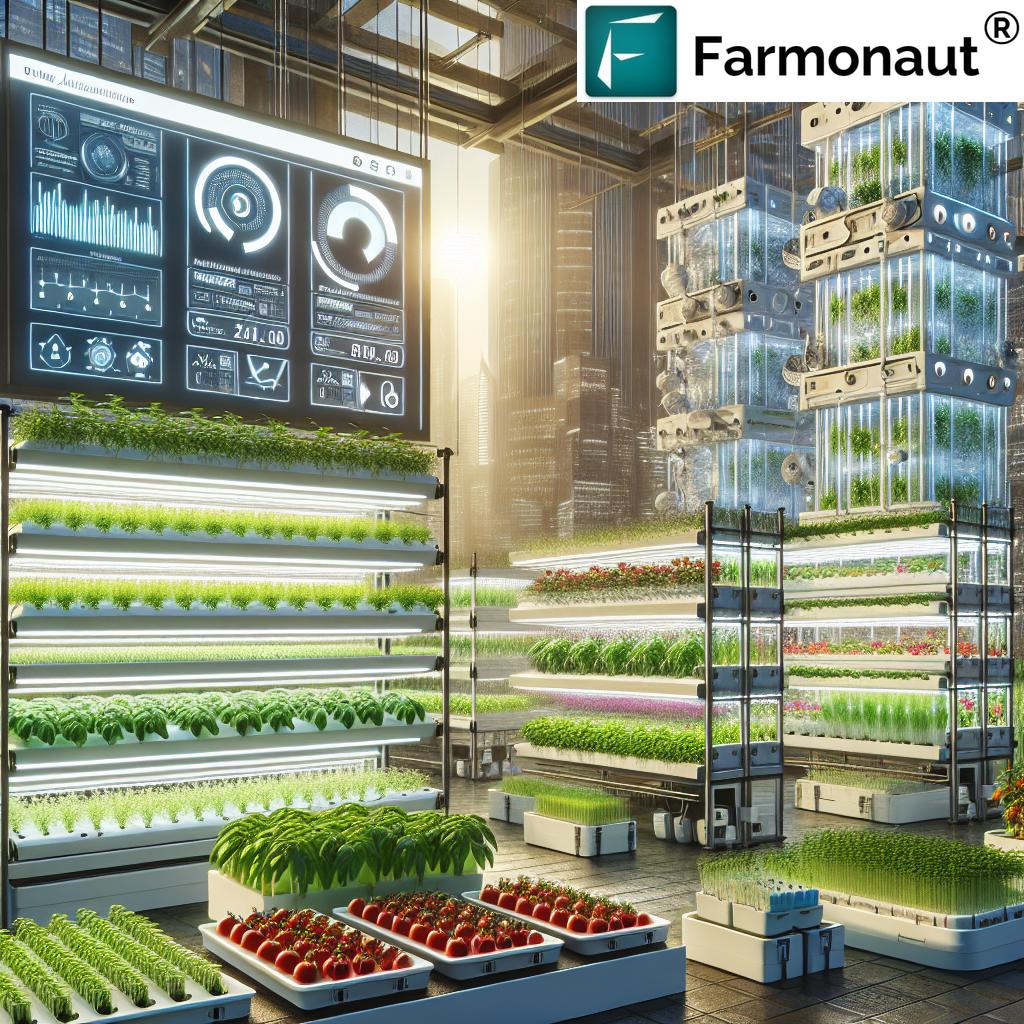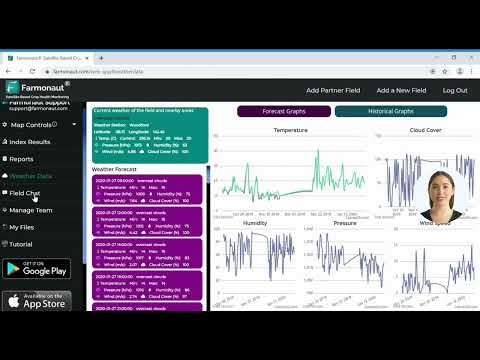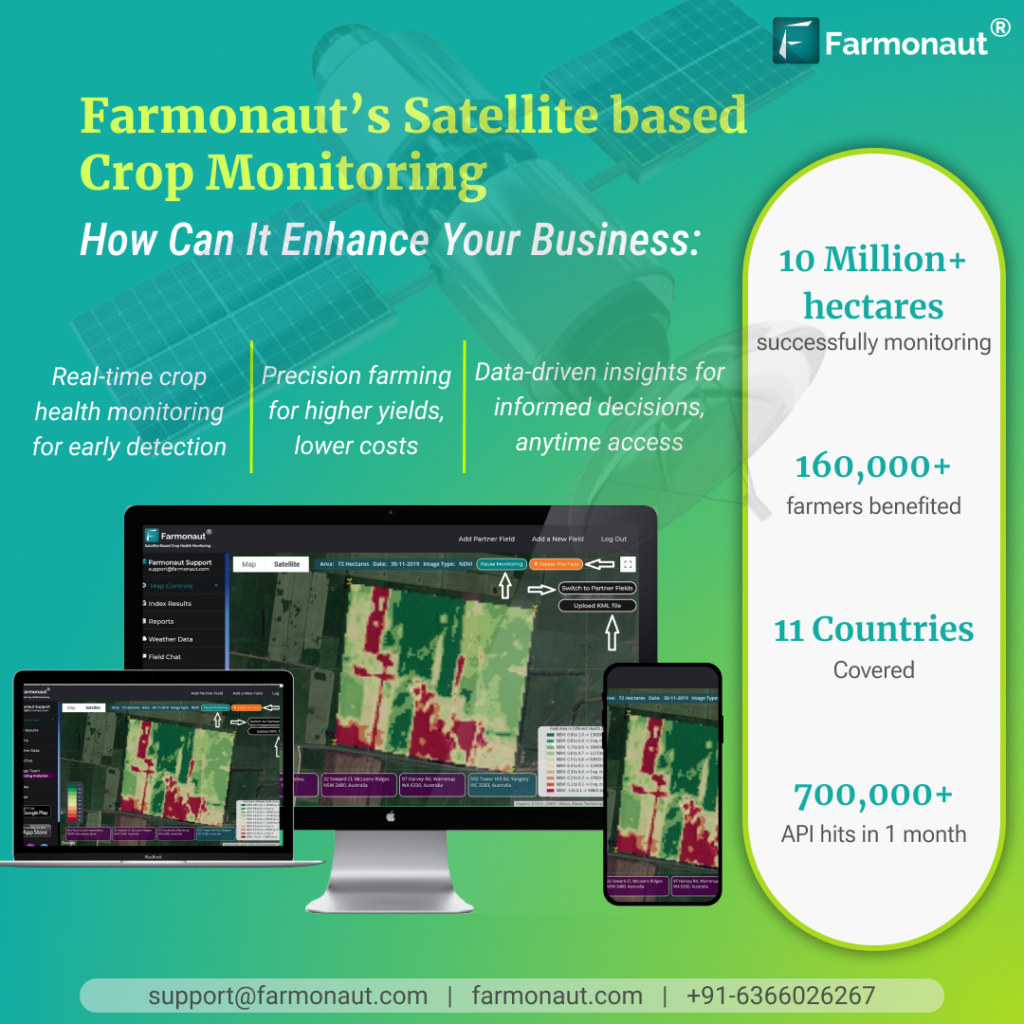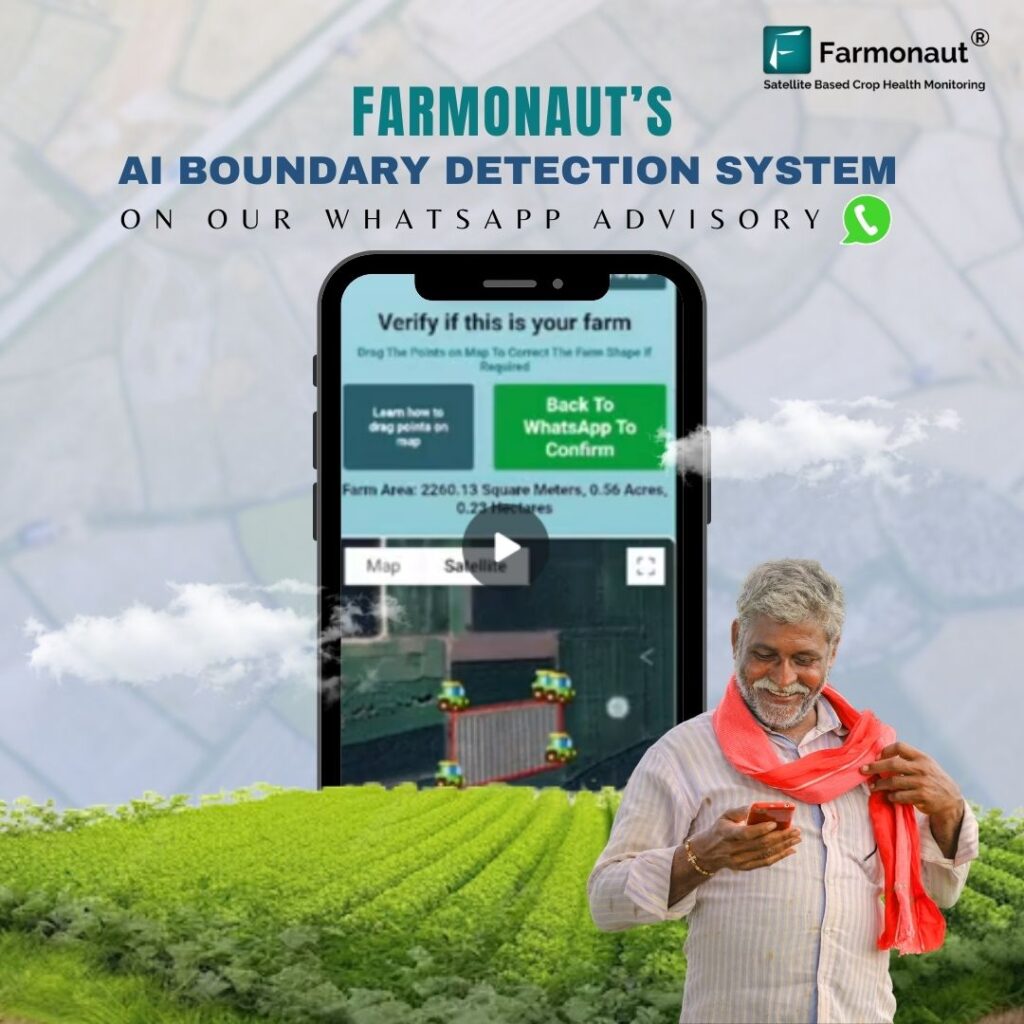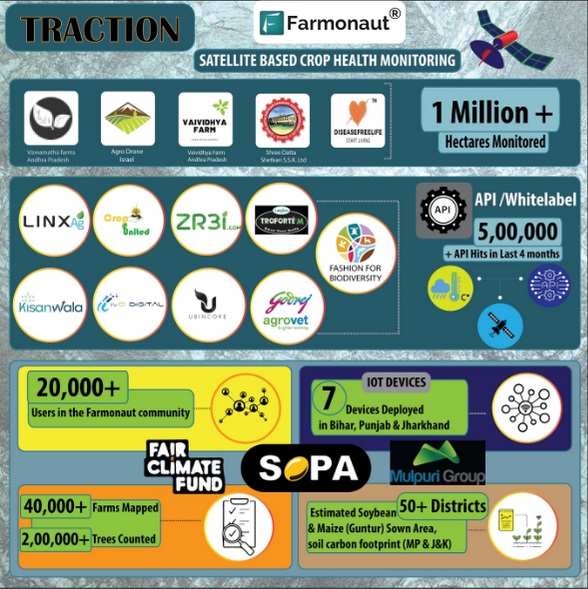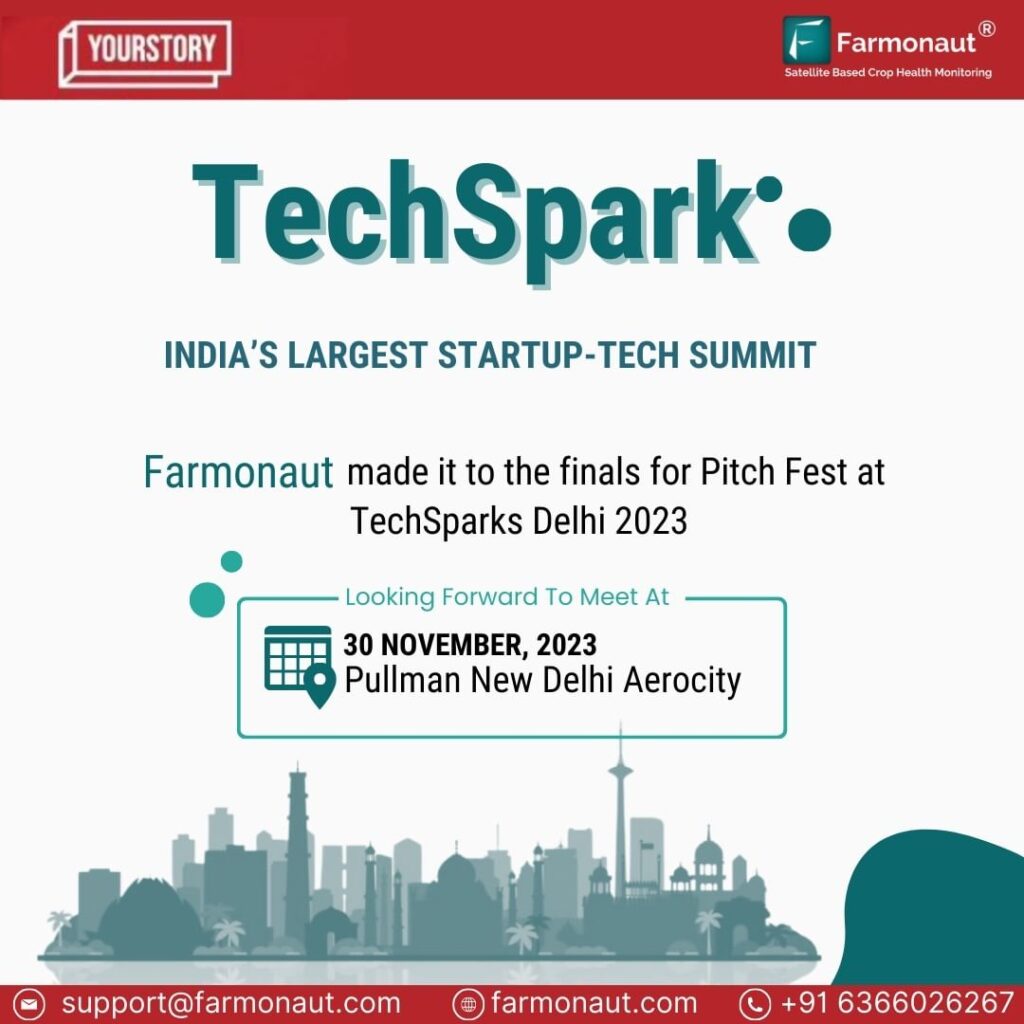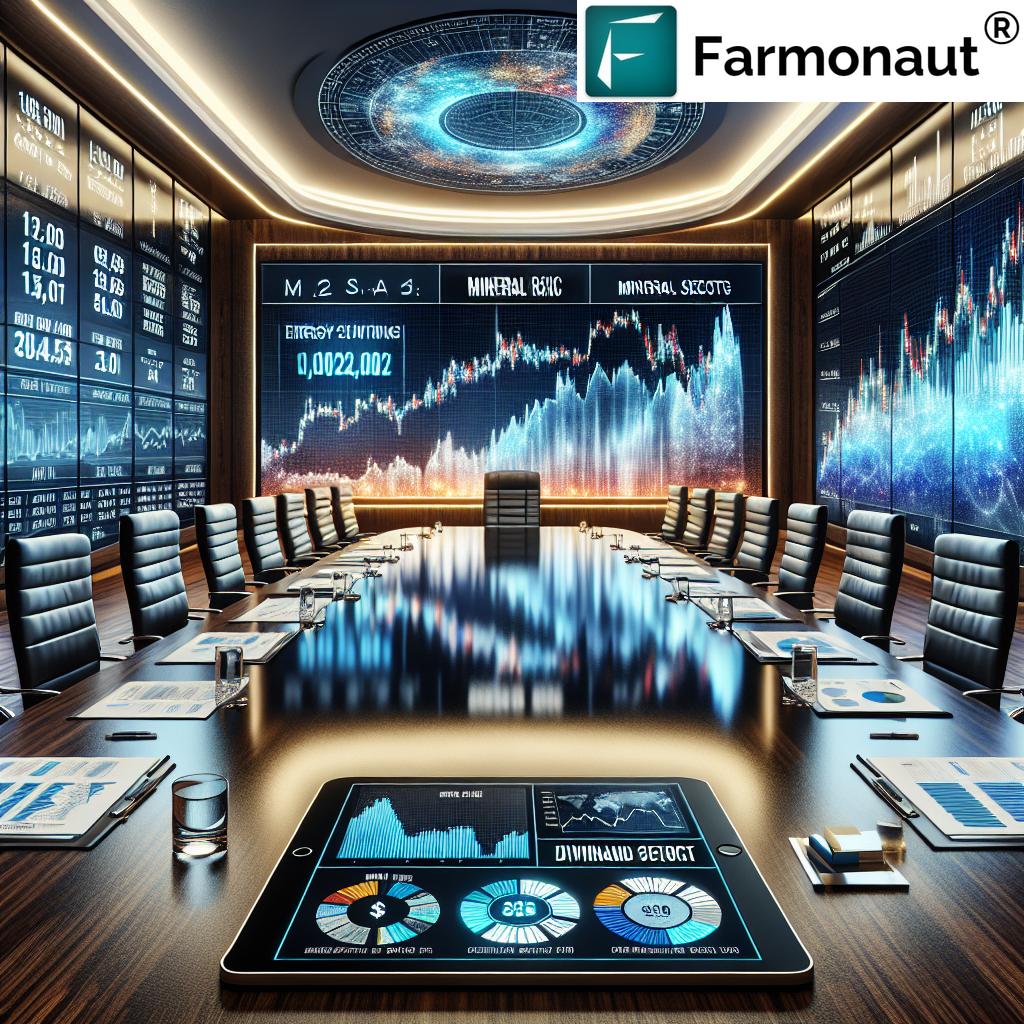“The global indoor farming technology market is projected to surpass $40 billion by 2024, driven by rapid urbanization.”
Table of Contents
- Summary
- Evolution of Indoor Farming Technology
- Indoor Farming Technology Market: 7 Shocking 2024 Trends
- Technological Innovations Fueling Growth
- Market Dynamics and Growth Factors
- Regional Insights
- Challenges and Opportunities
- Farmonaut’s Role in the Future of Indoor Farming
- Future Outlook: What Lies Ahead?
- FAQ: Indoor Farming Technology
Indoor Farming Technology Market: 7 Shocking 2024 Trends!
Indoor farming technology is rapidly transforming the global landscape of food production through innovative agricultural solutions that offer scalability and sustainability. As we venture into 2024, the vertical farming market, fueled by AI innovations, is driving unprecedented growth, addressing critical food security and resource scarcity challenges. With controlled environment agriculture (CEA), urban and rural farms now maximize yields year-round, optimize resource consumption, and employ advanced monitoring and automation technologies. This comprehensive guide explores the market’s evolution, the technological advancements shaping its future, and the regional and global dynamics underpinning the adoption of indoor farming systems.
Let’s delve into the evolution, emerging trends, and the major technologies redefining modern farming—while revealing how companies like Farmonaut are empowering this revolution!
Evolution of Indoor Farming Technology
Indoor farming, encompassing hydroponics and aeroponics systems, vertical farming, and climate-controlled greenhouses, represents a seismic shift in agricultural methods. Historically, the concept of cultivating plants in controlled environments isn’t novel—greenhouses date back centuries—but it’s only recently that advanced technologies (AI, automation, robotics, IoT, and efficient LED lighting) have surged this domain into the mainstream.
Our global food ecosystem faces formidable challenges: urban sprawl, limited arable land, declining soil fertility, water scarcity, and ever-increasing population pressures. Indoor farming technology rises as a solution, letting us optimize plant growth cycles, achieve year-round production, and substantially reduce reliance on chemical pesticides and monoculture practices.
- Hydroponics: Growing crops using nutrient-rich water, eliminating the need for soil—a space- and water-efficient technique ideal for urban settings.
- Aeroponics: Roots are suspended in the air and periodically misted with nutrient solutions, maximizing oxygen exposure and growth rates.
- Vertical Farming: Stacking crops on vertical structures capitalizes on space and improves urban food production scalability.
The integration of AI in agriculture, automation, and renewable energy has further enhanced the efficiency, reliability, and sustainability of these systems. We now witness a robust evolution in urban farming—driven by precision, data, and environmental responsibility.
Indoor Farming Technology Market: 7 Shocking 2024 Trends
Our analysis of the indoor farming technology sector uncovers seven major trends shaping the market in 2024. In the richly diverse landscape of controlled environment agriculture, these trends highlight the intersection of advanced crop monitoring technologies, increasing demand, and industry-driven innovations for sustainable agriculture solutions.
| Trend Name | Brief Description | Estimated Market Growth (2024) | Key Technologies Involved | Potential Impact on Sustainability/Urban Agriculture |
|---|---|---|---|---|
| 1. AI Adoption in Indoor Farming | AI-powered analytics and automation for predictive crop management and optimized yields | Growth of 28% YoY | AI, ML, IoT Sensors | Reduced resource use, improved yields, minimized waste |
| 2. Vertical Farming Expansion | Scaling up vertical farm installations in dense urban settings | CAGR 20.2%, $6B+ expansion | Multi-layer structures, automation | Urban food security, space saving |
| 3. Automation & Robotics Advances | Automated planting, harvesting & resource management | Market up 30% in automation solutions | Robotics, AI, Machine Learning | Reduced labor costs, enhanced efficiency |
| 4. Renewable Energy Integration | Adoption of solar, wind, bioenergy to power indoor farms | Energy savings up to 40% | Solar PV, wind, storage tech | Lower carbon footprint, off-grid solutions |
| 5. Advanced LED Lighting Systems | Development of smart, spectrum-tuned LEDs | 15% annual increase in LED segment | Smart LEDs, IoT, data-driven controls | Higher energy efficiency, improved crop growth |
| 6. Expansion of Hydroponics & Aeroponics | Large-scale adoption of soilless systems | Market hit $2.1B, 18% CAGR | Nutrient delivery, water recirculation | Water conservation, urban deployment |
| 7. Blockchain & Traceability Tech | Supply chain transparency & food safety | Projected growth of 22% in agri-traceability | Blockchain, secure data, IoT | Enhanced trust, better quality assurance |
“AI-powered vertical farms can yield up to 300% more crops per square meter compared to traditional farming methods.”
Technological Innovations Fueling Indoor Farming Growth
The remarkable expansion of indoor farming technology results from the synergy of several innovative technologies designed to optimize operations, ensure efficiency, and minimize environmental impact. Let’s examine the pillars driving this revolution:
1. Automation and Robotics
From seed to harvest, automation streamlines labor-intensive tasks. Modern vertical farms and urban greenhouses deploy robotics for planting, harvesting, packaging, and monitoring, reducing human error and significantly lowering operational costs while maximizing precision. Machine vision and mobile robots enable 24/7 crop care and environmental monitoring, setting new standards in yields and scalability.
2. AI and Machine Learning
The marriage of artificial intelligence and agriculture has yielded spectacular gains in predictive analytics, disease detection, and resource optimization. AI algorithms process data from sensor networks and multispectral imaging—enabling advanced crop monitoring technologies and pinpointing issues before they escalate. By forecasting plant needs, AI improves resource allocation and minimizes waste.
3. Climate Control and Environmental Management
Advanced climate control systems regulate temperature, humidity, CO2, and lighting, ensuring optimal growth conditions across all environments. These integrated systems reduce the risk of diseases and pests while accommodating year-round food production, supporting food security even in adverse climates.
4. LED Lighting Innovations
The rise of energy-efficient LED lighting allows for tailored light spectra, intensely improving photosynthesis and plant growth cycles. Smart lighting systems leverage machine learning for automatic dimming, color adjustments, and operational timing—reducing consumption and supporting sustainability goals.
5. Renewable Energy in Indoor Farming
Integrating renewable energy sources, like solar and wind, is now a critical strategy. A growing number of farms are powered by solar panels or wind turbines, further reducing their carbon footprint and shielding against volatile energy markets.
6. Blockchain for Traceability
Transparency is at the core of sustainable agriculture solutions. Blockchain technology, as adopted in Farmonaut’s traceability solutions, secures product journeys from seed to shelf—instilling consumer trust and enhancing operational integrity.
7. IoT and Real-Time Monitoring
The proliferation of IoT sensors has revolutionized crop health monitoring, as seen in Farmonaut’s platform. Real-time data streams facilitate immediate interventions, whether for irrigation, nutrient delivery, or system alerts. This advanced monitoring is central to maximizing output and ensuring consistent quality.
Market Dynamics and Growth Factors
The global indoor farming market is experiencing explosive growth, with projections estimating it will exceed $40 billion by 2024—a >20% CAGR through the next decade. Several factors converge to catalyze this development:
- Rapid Urbanization: More than half the world’s population now lives in cities, increasing demand for locally sourced, fresh produce. Indoor farms bring food closer to consumers, reducing transportation costs and emissions.
- Resource Conservation: Hydroponics and aeroponics systems save up to 95% more water compared to traditional agriculture—ideal for regions grappling with scarcity.
- Food Security and Year-Round Production: Controlled environments shield crops from climate volatility, pests, and diseases, safeguarding stable production.
- Increasing Consumer Awareness: There is a strong, worldwide movement toward sustainably produced foods and transparent supply chains.
- Technological Integration: Modern farms seamlessly integrate AI, iot, automation, and renewable energy—creating efficient and data-driven operations.
Regional Insights: North America, Europe, and Asia-Pacific
While indoor farming technology is a global trend, adoption rates and market focus vary across regions:
North America
- The United States and Canada lead global innovation, representing a $1.5B+ segment in 2023.
- The region is forecast to maintain an 18.5% CAGR, with strong investments in automation, AI, and renewable energy in indoor farming.
- City-centric vertical farms satisfy the demand for urban food production and sustainability.
Europe
- Europe holds the largest market share (31.7%), with the Netherlands and the UK as vanguards in vertical farming expansion.
- The continent drives research on new methods—hydroponics, aeroponics, renewables, and blockchain traceability.
Asia-Pacific
- Fast-growing urban centers in China, Japan, and Singapore drive rapid market growth (CAGR 22.6%, reaching $6.8B+ by 2032).
- Scarcity of arable land and the need for efficient food security solutions propel the adoption of indoor farms.
Globally, urbanization, shifting dietary preferences, and environmental imperatives underscore the universal relevance of controlled environment agriculture.
- Get started with Farmonaut’s crop, soil, and resource monitoring on the Farmonaut Web & Mobile App —perfect for individual farmers, agribusinesses, and researchers seeking precision insights.
- Integrate satellite-powered analytics into your own platforms with the Farmonaut API / Developer Docs— unlock seamless, scalable crop health data and weather analytics for enhanced agri-applications.
Challenges and Opportunities in Indoor Farming Technology
Key Challenges Facing the Market
- High Initial Investment: State-of-the-art systems demand significant up-front costs (infrastructure, AI, LEDs, automation).
- Energy Consumption: Despite efficient technologies and renewable integration, total energy consumption remains a barrier for some regions or urban grids.
- Skilled Workforce: Operating advanced farms requires technical knowledge, creating a demand for specialized labor in AI, precision agriculture, and automation.
Opportunities for Growth and Innovation
- Technological Advancements: Continued evolution in AI, robotics, energy management, and real-time monitoring promises enhanced efficiency and lower operational costs.
- Expanding Market Demand: Growing awareness of resource conservation and food transparency fuels consumer enthusiasm for indoor-grown, locally sourced produce.
- Governmental and Institutional Support: Sustainability policies and urban resilience programs create incentives for new players, research institutes, and fintech solutions.
- Scalable, Modular Systems: Smallholder farms and corporate agribusinesses alike can adopt modular platforms for rapid scaling, as seen in tools like Farmonaut’s Large-Scale Farm Management suite.
With continued R&D and focus on reducing barriers—such as high up-front costs—the future of indoor farming remains extremely bright.
- Track and minimize your carbon emissions with Farmonaut’s Carbon Footprinting Dashboard. Essential for agribusinesses embracing sustainability standards!
- Enable complete farm-to-fork transparency using Farmonaut’s blockchain-based Product Traceability—reassure customers and improve food security.
- Enhance operational efficiency with Fleet & Resource Management tools— perfect for plantation logistics.
- Simplify farm loan and insurance approvals through satellite-based crop verification for Crop Loans & Insurance.
Farmonaut’s Role in the Future of Indoor Farming & Precision Agriculture
As indoor farming evolves, precision data and actionable intelligence are the keys to efficiency and resilience. Farmonaut stands at the forefront, offering a full suite of agtech solutions tailored for every stakeholder:
- Satellite-Based Crop Health Monitoring: Leverage multispectral imaging for real-time insights into vegetation health, soil moisture, and pest risks—empowering smarter irrigation and nutrient management decisions for all types of crops.
- AI-Powered Advisory: Jeevn AI delivers context-aware, customizable guidance—weather forecasts, disease detection, and resource allocation—for advanced crop monitoring and production optimization.
- Blockchain-Enabled Traceability: Secure the entire agricultural supply chain, strengthening quality assurance and transparency from farm to consumer with immutable records.
- Fleet, Resource & Carbon Management: Optimize logistics, lower operational costs, and minimize environmental impact using data-driven dashboards and reporting.
Farmonaut’s commitment: making precision agriculture accessible and affordable—scaling innovative technology from family farms to large agribusinesses and empowering sustainable food production worldwide.
Farmonaut Subscriptions
Choose a precision agriculture plan that fits your farm, business, or government institution. Affordable, scalable, and designed for all-size operations:
Future Outlook: What Lies Ahead for Indoor Farming Technology?
The future of indoor farming is shaped by relentless innovation, shifting societal priorities, and the imperative for sustainable agriculture solutions. Here’s what our analysis reveals:
- Deeper AI and IoT Integration: Real-time, autonomous farms will soon be the norm. AI-driven adaptive controls and predictive maintenance will enable “self-regulating” crop systems.
- Enhanced Resource Optimization: New developments in hydroponics, lighting, and energy storage promise even lower input-to-output ratios—fueling even greener production.
- Urban Food Security: Expect dramatic growth in “vertical skyscraper farms” as city planners turn to sustainable models for fresh, locally sourced produce.
- Global Adoption: From North America to Asia-Pacific, more countries—urban and rural—will embrace controlled environment agriculture to address food and climate issues.
- Transparency and Traceability: Blockchain and secure data flows will be standard for consumer trust, food safety, and regulatory compliance.
We envision indoor farming technology as the cornerstone of sustainable agriculture, a force for both local resilience and global food stability.
Frequently Asked Questions (FAQ): Indoor Farming Technology
1. What is indoor farming technology?
Indoor farming technology refers to the practice of cultivating crops in controlled environments using advanced systems like hydroponics, aeroponics, climate control, LED lighting, and AI-powered automation—to maximize efficiency, yields, and sustainability while often reducing resource consumption.
2. What are the benefits of indoor farming over traditional methods?
Key benefits include significantly reduced water and land requirements, higher crop yields, year-round production, less exposure to pests/diseases, urban scalability, and a lower environmental footprint through energy-efficient and renewable energy integration.
3. How does AI improve indoor farming operations?
AI algorithms process data from sensors, satellites, and cameras to predict plant needs, detect diseases early, optimize watering/fertilizer schedules, and forecast yields. This leads to smarter resource allocation, less waste, and maximum output.
4. What types of crops can be grown using indoor farming technology?
Most leafy greens, herbs, berries, tomatoes, microgreens, and some root vegetables thrive in indoor systems. Ongoing R&D continues to expand the range of viable crops.
5. How can I monitor my crops with minimal cost and maximum effect?
Platforms like Farmonaut make satellite-powered, precision crop monitoring accessible via web/mobile, helping you optimize yields and reduce input costs regardless of scale.
6. How does blockchain enhance traceability in agriculture?
Blockchain creates a secure, tamper-proof digital record of every step in a product’s journey from farm to consumer. This boosts food safety, reduces fraud, and increases consumer confidence.
7. How do I access Farmonaut’s precision farming solutions?
Sign up directly via the Farmonaut App, integrate via API, or explore subscription options above. Choose from crop monitoring, resource management, traceability, and more!
Conclusion
The indoor farming technology market in 2024 sits at the forefront of the sustainable agriculture revolution. With AI-driven innovations, energy-saving techniques, precise resource management, and data-driven decision-making, we can collectively address the food production challenges of an urbanizing, climate-sensitive world. As the market and technologies evolve—supported by accessible tools like Farmonaut—every farm, business, and community can step confidently into a resilient future for agriculture.
Embrace the shift. Cultivate sustainability. Revolutionize your yields with precision.


